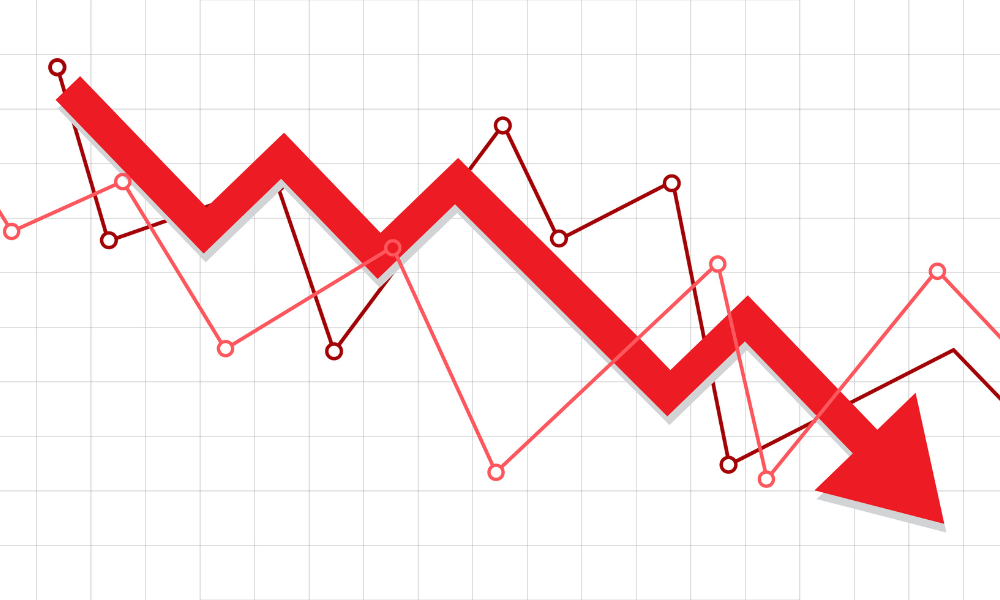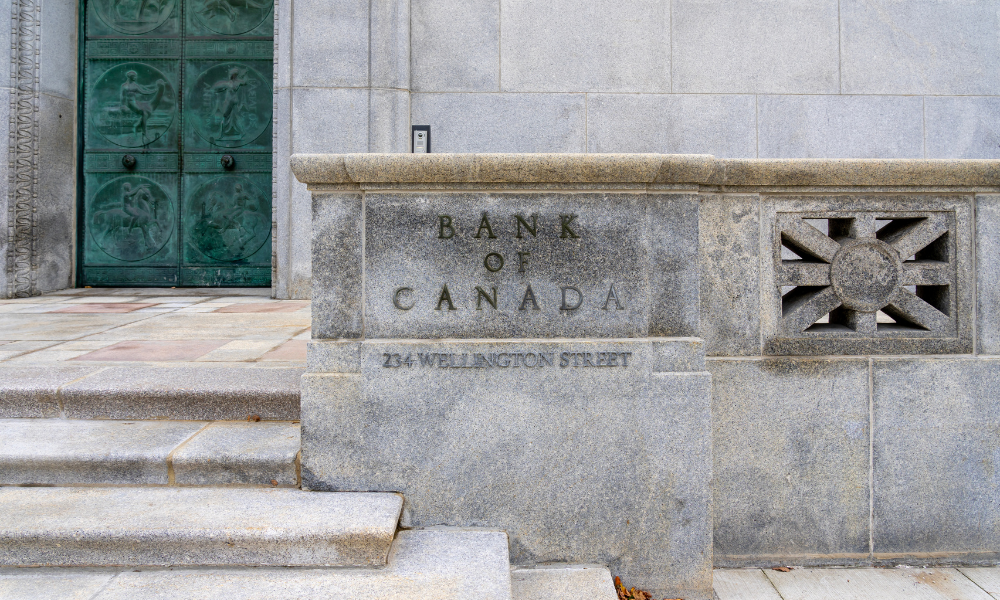Oil’s woes continue to drag significantly on the Canadian economy, contributing to a 0.2 per cent decline in GDP in first quarter
Canada’s first quarter results told a story of an economy very much on unsure footing as a strong start was negated by a monthly contraction in March. Lower oil production and a sharp decline in corporate investment were major factors as the economy contracted by 0.2 per cent during the month. The results released by Statistics Canada on Tuesday did give some cause for optimism, with GDP increasing at a 2.4 per cent annualized pace, its fastest rate since Q4 2014. Increased auto production contributed solidly to a 6.9 per cent gain in exports, with consumer spending rising to 2.3 per cent.
These boosts were tempered by continued volatility in the oil industry, and, with the devastating Fort McMurray fire diminishing production over the past month, analysts are predicting further contraction in the overall economy in Q2.
Continuing an unwelcome trend, corporate investment on structures, machinery and equipment fell 1.5 per cent annualized. This represents the fifth straight quarter-to-quarter decline, and excluding residential builds, which remain robust, business investment was actually down 9.3 per cent on an annualized basis.
In addition to a 2.8 per cent drop in mining, quarrying and oil and gas extraction, it made for a miserable March for the national economy.
The release by StatsCan follows on from the Bank of Canada’s decision last week to keep its key lending rate at 0.5 per cent. That decision indicated that the BoC does not foresee sustained growth for the time being. With hesitation by the business community to engage in capital spending hindering the wider economy, the federal government’s infrastructure plan will therefore have an important role to play in the near and long term. Justin Trudeau is hoping his administration’s $125 billion investment will act as an incentive to the private sector to loosen its purse strings and spur growth.
Regardless of this infusion, many observers believe things will get worse before they get better, including Statistics Canada, which reduced its fourth-quarter growth estimate to 0.5 per cent from 0.8 per cent.
The Bank of Canada Governor Stephen Poloz meanwhile issued a warning last week that the blaze in Fort McMurray would slash the second-quarter growth rate by about 1.25 percentage points.
Recently, Poloz has stated that despite downcast projections, it would require a major shock for him to increase stimulus measures, adding that his main forecast is for a gradual recovery through next year led by non-energy exports.
Related Links:



